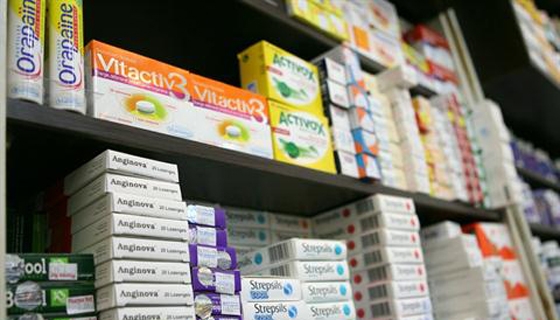According to the latest Business Monitor International (BMI) pharmaceuticals forecast report, Lebanese pharmaceutical expenditures are expected to increase from $1.30 billion in 2012 to $1.36 billion in 2013. However, the country’s long-term market projection has been revised downwards as a result of the spillovers from war-ridden Syria which disrupt trade relations and pull down imports over the medium-term.
Pharmaceutical consumption growth is predicted to slip from 4.8% in 2012 to 4.2% in 2013. Nevertheless, BMI believes that Lebanon spent 3.02% of its GDP on pharmaceuticals in 2012, a share projected to stand at 2.5% in 2017, still the highest portion in the Gulf and Levant region and the seventh highest globally.
On the other hand, healthcare spending is projected to increase from $2.91B in 2012 to $4.49B in 2017 at a Compounded Annual Growth Rate (CAGR) of 9.1%, the latter easing to 8.2% up to 2022. The Lebanese healthcare market is indeed constrained by several factors: the unregulated medication market, the National Social Security Fund (NSSF)’s years of deficit on account of an ageing population and local firms’ lack of innovation which enables the dominance of multinationals and a heavy reliance on expensive imports.
ifpinfo
25 July






















































